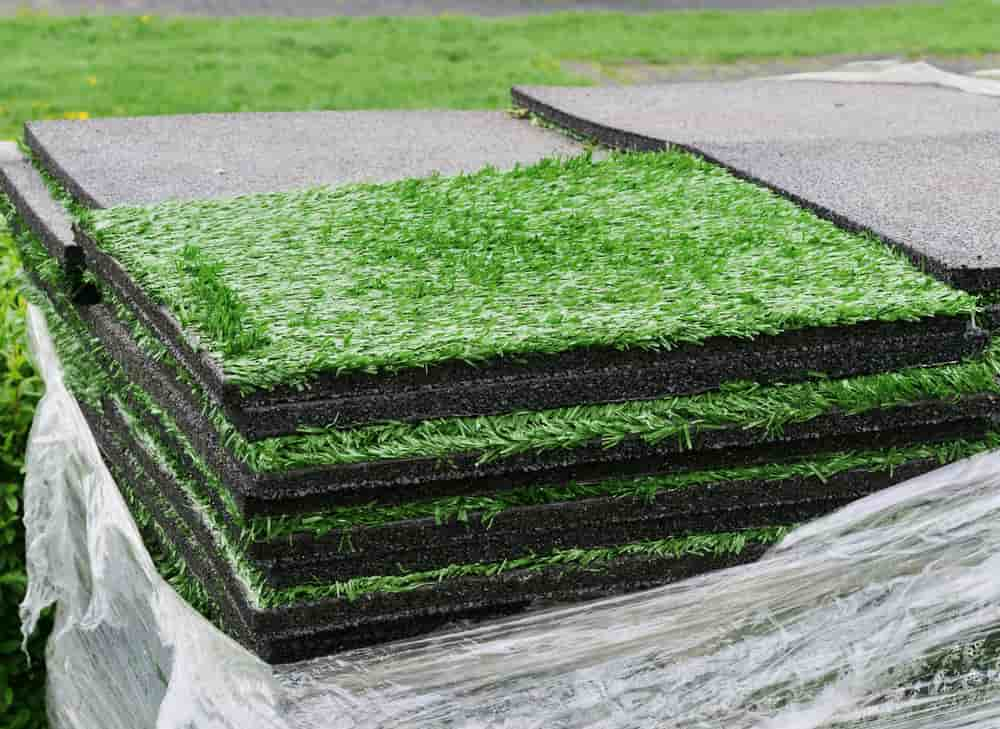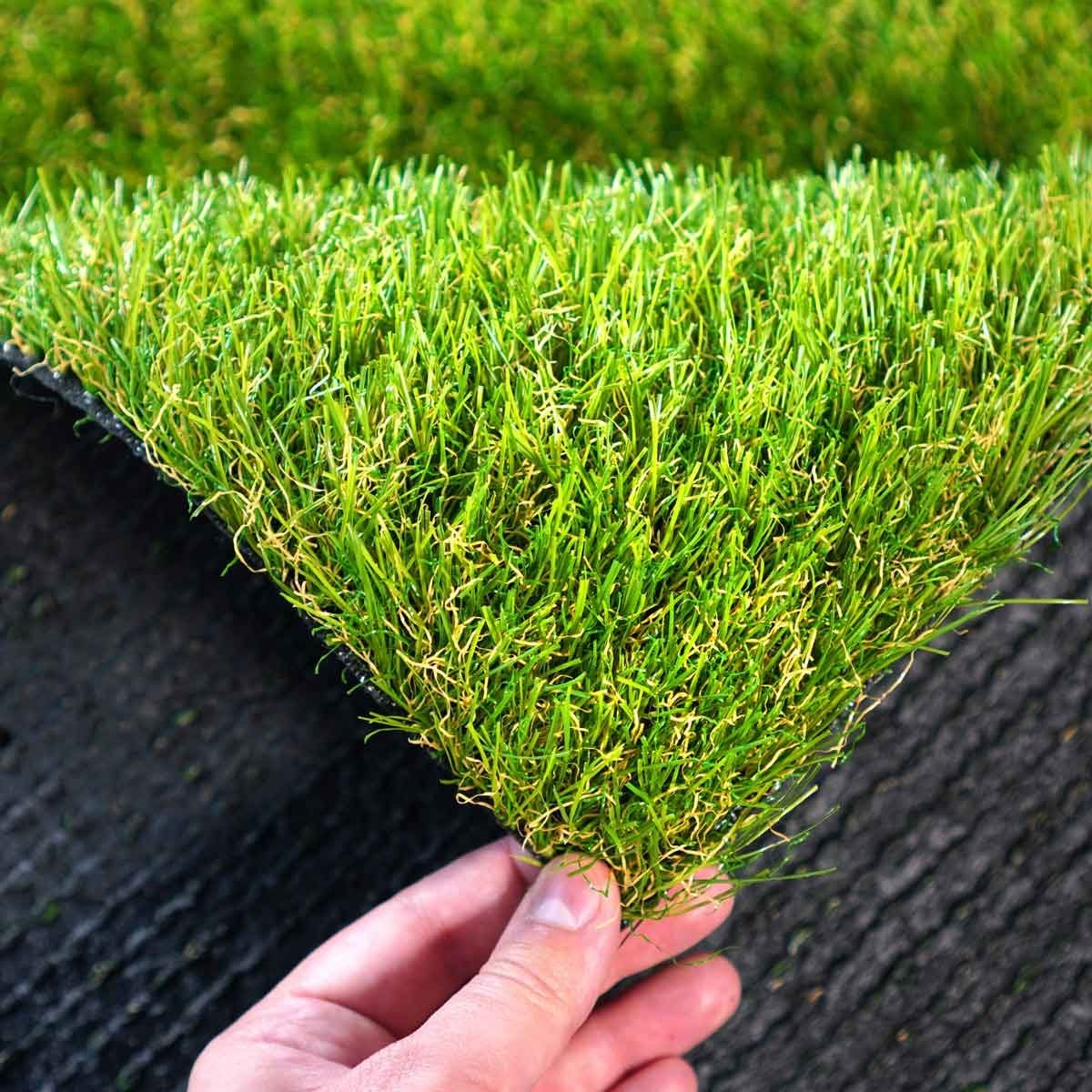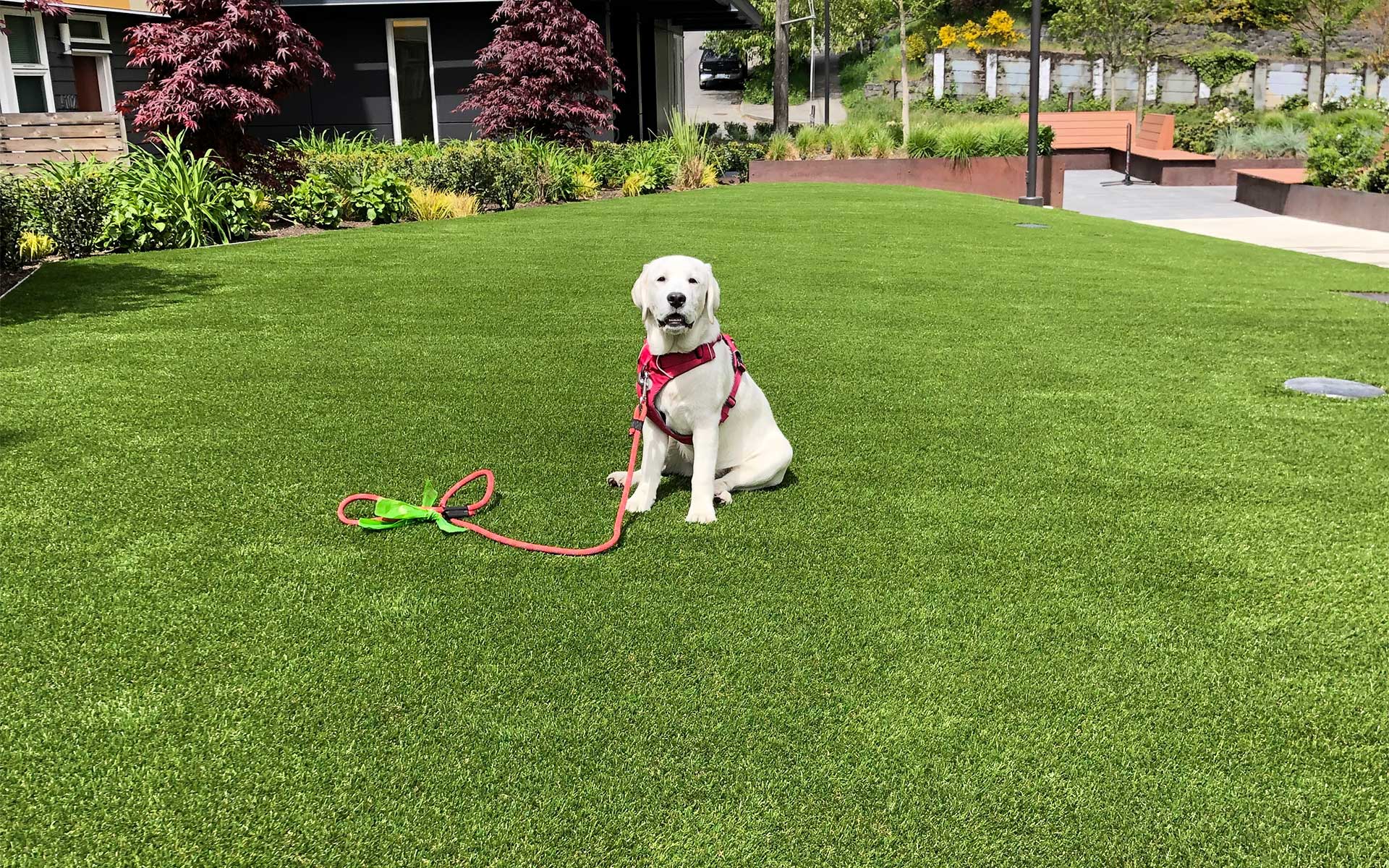Sustainable Arizona Artificial Turf for a Always-Green Lush Green Lawn
Look Into the Environmental Conveniences of Opting for Synthetic Grass Solutions
The adoption of artificial lawn solutions provides a compelling opportunity to attend to pressing ecological obstacles. By significantly reducing water use and minimizing the application of hazardous chemicals, these alternatives not only promote lasting landscape design however also protect regional ecological communities. Moreover, the reduced carbon footprint associated with lowered upkeep activities adds to a much more sustainable strategy to land administration. However, the effects of these advantages prolong beyond plain preservation efforts, raising concerns regarding their long-lasting effect on environment conservation and general environmental equilibrium. Exploring these dimensions discloses a complex interplay worth taking into consideration.
Water Conservation Advantages
One of the most substantial benefits of man-made turf is its ability to preserve water. In comparison, synthetic turf does not require watering, dramatically minimizing the general demand for water sources.
By removing the requirement for normal watering, synthetic grass adds to sustainable landscape methods and aids mitigate the ecological influence of excessive water usage. Moreover, the conservation of water prolongs to the decrease of drainage, which can lead to soil erosion and waterway contamination.
Furthermore, the installment of fabricated grass allows communities and house owners to designate water sources much more effectively, concentrating on crucial usages such as alcohol consumption water and farming. The change in the direction of fabricated lawn not just advertises accountable water usage however likewise aligns with broader environmental objectives focused on protecting natural deposits.
As communities increasingly focus on sustainability, the water preservation advantages of fabricated lawn provide a compelling case for its fostering in property and industrial landscape design jobs.
Decreased Chemical Usage
The change to synthetic grass significantly lowers the dependence on chemical treatments commonly made use of in natural turf maintenance. Standard turf management generally involves the application of chemicals, herbicides, and fertilizers to advertise development and control bugs. These chemicals can position threats to human health and wellness, local wild animals, and the environment, contributing to dirt and water contamination.
In contrast, fabricated lawn gets rid of the need for these unsafe substances. When installed, it needs marginal maintenance, mainly being composed of regular cleaning and seldom infill replenishment. This decrease in chemical usage not only profits the prompt environment however additionally contributes to wider eco-friendly security. By reducing the release of artificial compounds into the environment, artificial turf promotes much healthier dirt and water supply.
Furthermore, the absence of chemical drainage connected with synthetic grass installations assists protect neighborhood waterways from air pollution, sustaining aquatic life and preserving biodiversity. Turf installation phoenix az. As areas significantly focus on lasting methods, selecting synthetic grass provides a viable service that aligns with ecological preservation goals. Through this change, residential property owners can delight in lush environment-friendly areas without jeopardizing ecological wellness, leading the way for a more lasting future
Lower Carbon Impact

Furthermore, the setup of synthetic grass can lead to significant water conservation. All-natural lawns need substantial amounts of water for irrigation, which not only includes to the carbon impact linked with water removal and therapy yet likewise stress neighborhood water resources. In comparison, synthetic grass requires very little maintenance, calling for no watering, thereby considerably lowering water use and its connected power expenses.
Additionally, the longevity of artificial lawn adds to its lower carbon impact. With a lifespan about his of as much as 15 years or even more, the need for regular substitutes is reduced, resulting in less waste and reduced energy consumption in manufacturing and throwing away typical lawn choices. In general, synthetic turf offers a lasting option for environmentally conscious landscaping.
Habitat Conservation
Environment conservation is an essential factor to consider in the debate over landscaping options, specifically when contrasting artificial lawn to natural grass. Natural yard yards frequently require substantial maintenance, consisting of using fertilizers, pesticides, and herbicides, which can negatively impact local communities. These chemicals can leach into the soil and rivers, harming native plants and fauna and interfering with regional habitats.
In contrast, synthetic turf provides a possibility to decrease the ecological impact of landscape design. By opting for synthetic turf, property owners can lessen the interruption of all-natural environments connected with conventional yard care practices. Synthetic grass removes the demand for damaging chemicals, thus shielding neighboring wild animals and maintaining the stability of surrounding environments. The setup of artificial grass can lead to the conversion of previous turf locations right into even more biodiverse landscapes, such as pollinator yards or native plant locations, which can sustain regional wild animals.
Inevitably, the transition to synthetic grass not only saves water and decreases upkeep initiatives but likewise fosters a more harmonious connection between human tasks more tips here and the native environment, advertising environment preservation while doing so.
Long-Term Sustainability
Long-lasting sustainability is a critical element in examining the benefits of synthetic grass over traditional lawn yards. One of one of the most substantial advantages of synthetic turf is its resilience; it can last approximately 15-20 years with marginal upkeep, whereas all-natural grass needs frequent reseeding and replacement. This durability lowers the need for continuous sources, such as water, plant foods, and chemicals, which are essential for maintaining a healthy and discover here balanced grass yard.
Additionally, man-made lawn contributes to a reduction in carbon emissions connected with grass care tools. Traditional lawns often need gas-powered mowers, leaners, and blowers, every one of which add to air contamination. Artificial turf companies phoenix. In comparison, synthetic grass gets rid of the need for such devices, promoting a cleaner setting
Furthermore, the manufacturing of synthetic lawn increasingly utilizes recycled products, improving its sustainability account. As suppliers adopt environmentally friendly practices, the environmental footprint of synthetic turf remains to lessen.

Conclusion
The fostering of man-made turf solutions provides substantial environmental benefits, consisting of substantial water conservation, lowered reliance on harmful chemicals, and a reduced carbon footprint. Man-made turf aids in protecting natural environments by reducing land disturbance and advertising lasting sustainability with the usage of long lasting materials. Collectively, these factors emphasize the capacity of man-made turf to add positively to ecological health and offer a sensible alternative to conventional landscaping practices in a progressively resource-conscious globe.
In comparison, fabricated turf does not need watering, considerably minimizing the overall demand for water resources. By lessening the release of synthetic substances into the community, synthetic grass promotes healthier dirt and water systems.
Furthermore, the installation of synthetic lawn can result in substantial water preservation. In contrast, synthetic grass requires minimal upkeep, needing no watering, consequently dramatically reducing water use and its connected power costs.
